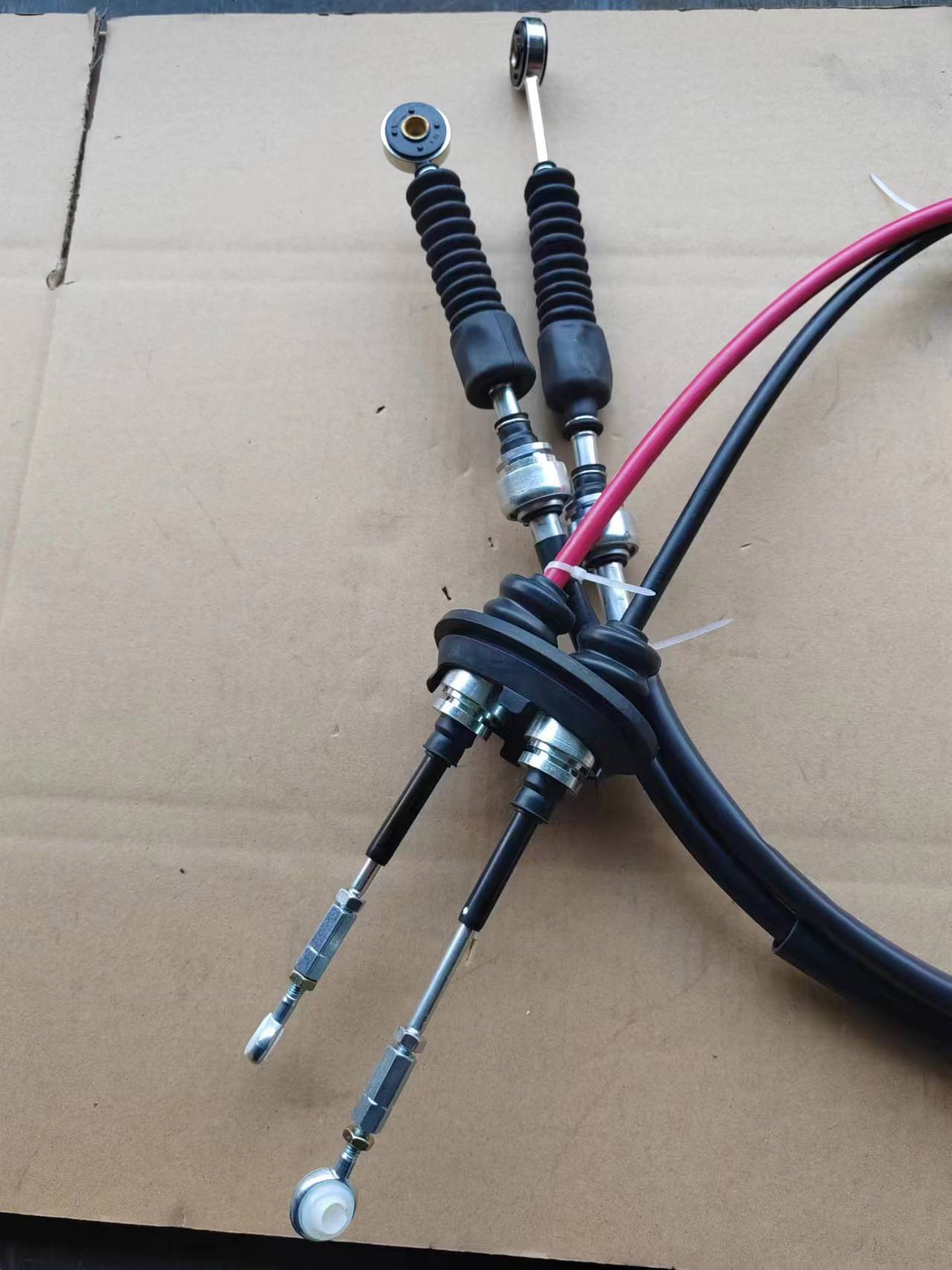Understanding Gear Shift Linkage Mechanisms and Their Importance in Automotive Engineering
Understanding Gear Shift Linkage An Essential Component of Vehicle Transmission
Gear shift linkage plays a critical role in the functionality of modern vehicles, serving as the bridge between the driver and the transmission system. This intricate mechanism ensures that gear changes are executed smoothly and precisely, allowing the driver to control the vehicle's speed and power effectively. In this article, we will delve into the fundamentals of gear shift linkage, its types, working principles, and its significance in automotive engineering.
What is Gear Shift Linkage?
At its core, gear shift linkage refers to the system of components that connect the gear shift lever inside a vehicle to the transmission mechanism. This linkage translates the driver's movements into mechanical action that engages or disengages the gears within the transmission. Depending on the vehicle’s design, gear shift linkage can be either manual or automatic.
Types of Gear Shift Linkage
1. Manual Transmission Linkage In vehicles with manual transmission, the gear shift linkage is directly connected to the gear lever, which allows the driver to choose the desired gear by moving the lever. This type of linkage typically consists of rods, cables, and levers that facilitate the movement of the transmission components.
2. Automatic Transmission Linkage In contrast, automatic transmissions use a more complex system that may incorporate electronic controls as well as hydraulic systems. The gear shift lever in an automatic vehicle does not directly connect to the transmission; instead, it signals the transmission control unit (TCU) to engage the appropriate gear based on the vehicle's speed and engine load.
Working Principle
The operation of the gear shift linkage can be understood by examining both manual and automatic systems
.- Manual Transmission In a manual setup, when the driver pushes or pulls the gear lever, this motion is transmitted through the linkage system to the transmission. The linkage may include a series of pivots and pushrods that convert the linear motion of the gear lever into rotational motion within the transmission. This ultimately selects the desired gear by engaging or disengaging specific gears within the gearbox.
gear shift linkage

- Automatic Transmission For automatic transmissions, the driver shifts the selector from 'P' (Park) to 'D' (Drive), triggering a series of hydraulic and electronic signals. The gear shift linkage activates the TCU, which evaluates various parameters. Based on this information, the TCU directs the transmission to shift gears automatically at the appropriate times, optimizing performance and fuel efficiency.
Importance of Gear Shift Linkage
The significance of gear shift linkage extends beyond just enabling gear changes. It plays a pivotal role in overall vehicle safety, performance, and driver comfort. Here are a few reasons why this component is essential
1. Smooth Operation A well-functioning gear shift linkage ensures smooth transitions between gears, enhancing the driving experience. Any malfunctions or wear in the linkage can lead to difficulty in shifting, which may result in jerky movements or missed shifts.
2. Driver Control For manual transmission vehicles, the quality of the gear shift linkage directly influences the driver's control over the vehicle. Precision in gear engagement allows for better torque management and acceleration, essential for tasks such as overtaking on highways.
3. Durability and Reliability High-quality materials and design in gear shift linkage systems contribute to the longevity and reliability of the vehicle. Regular maintenance can help identify potential issues before they lead to more significant problems that may compromise safety.
4. Adaptation to Technology With advancements in automotive technology, such as electric and hybrid vehicles, gear shift linkages are evolving. Modern vehicles may incorporate electronic shift-by-wire systems that eliminate the need for physical linkages, allowing for more flexibility in design and functionality.
Conclusion
In conclusion, gear shift linkage may be a relatively small part of the vehicular transmission system, but its impact on driving performance and safety is substantial. Whether in manual or automatic vehicles, this component is essential for ensuring that gear changes are executed smoothly and reliably. As automotive technology continues to advance, so too will the design and functionality of gear shift linkages, promising exciting developments for future vehicles. Understanding this essential component of transmission helps demystify the complex world of automotive engineering and highlights the importance of each part working harmoniously for optimal performance.
-
Workings of Clutch Pipe and Hose SystemsNewsJun.04,2025
-
The Inner Workings of Hand Brake Cable SystemsNewsJun.04,2025
-
The Secrets of Throttle and Accelerator CablesNewsJun.04,2025
-
The Hidden Lifeline of Your Transmission Gear Shift CablesNewsJun.04,2025
-
Demystifying Gear Cables and Shift LinkagesNewsJun.04,2025
-
Decoding Clutch Line Systems A Comprehensive GuideNewsJun.04,2025
